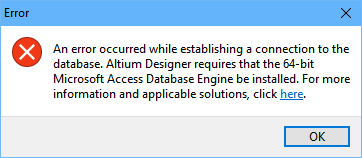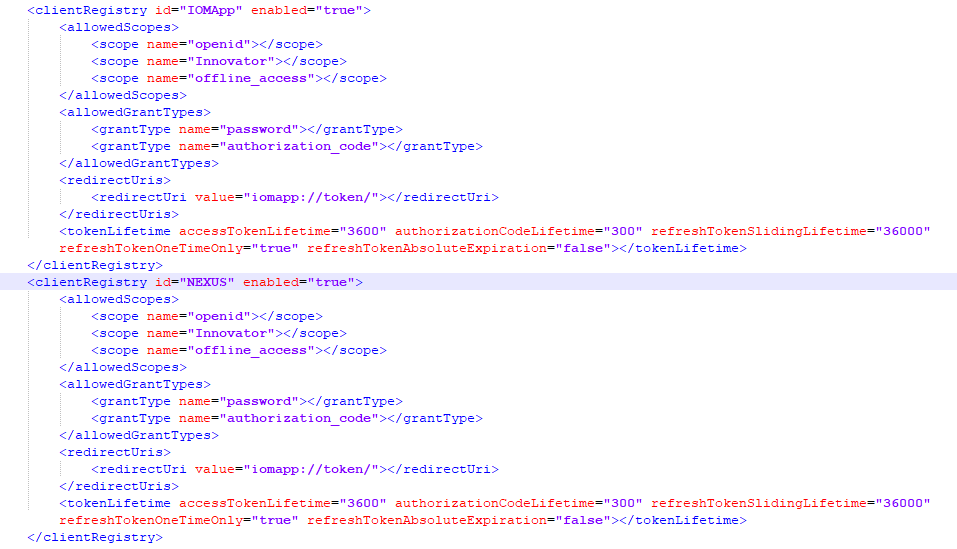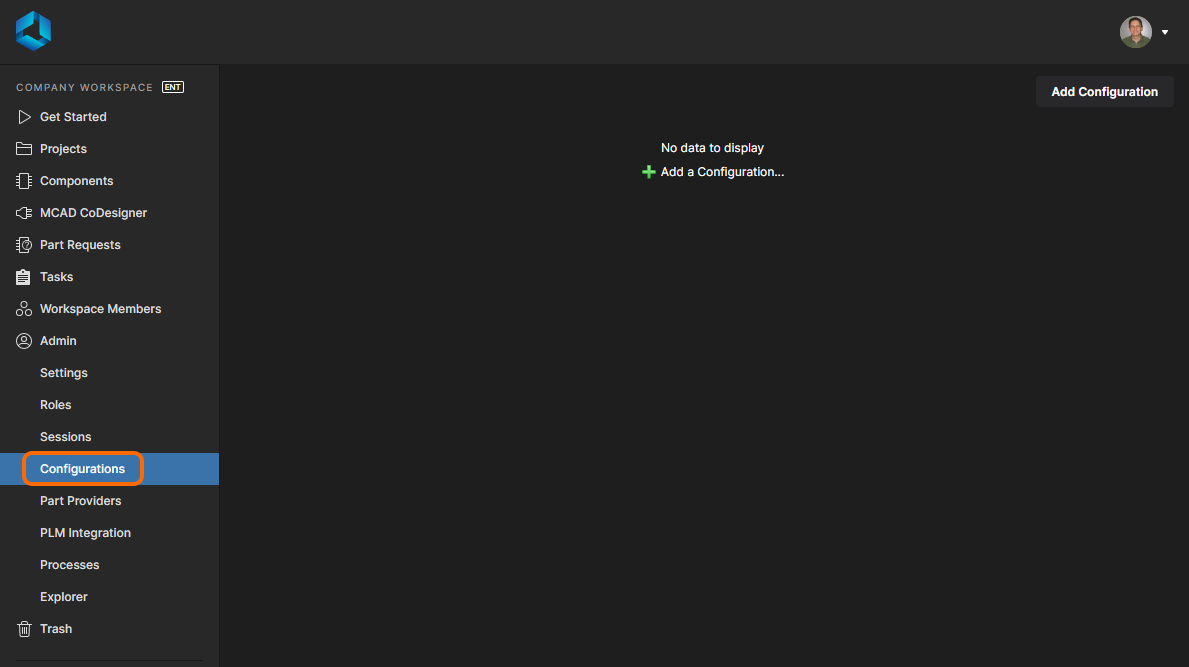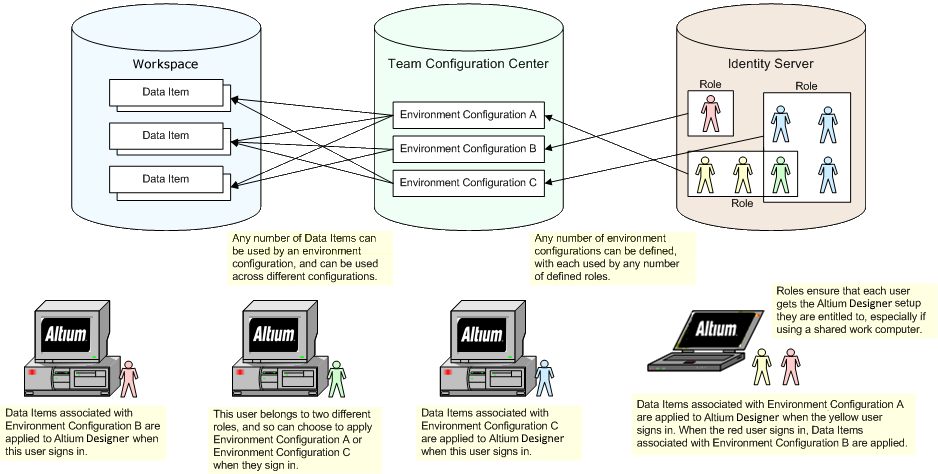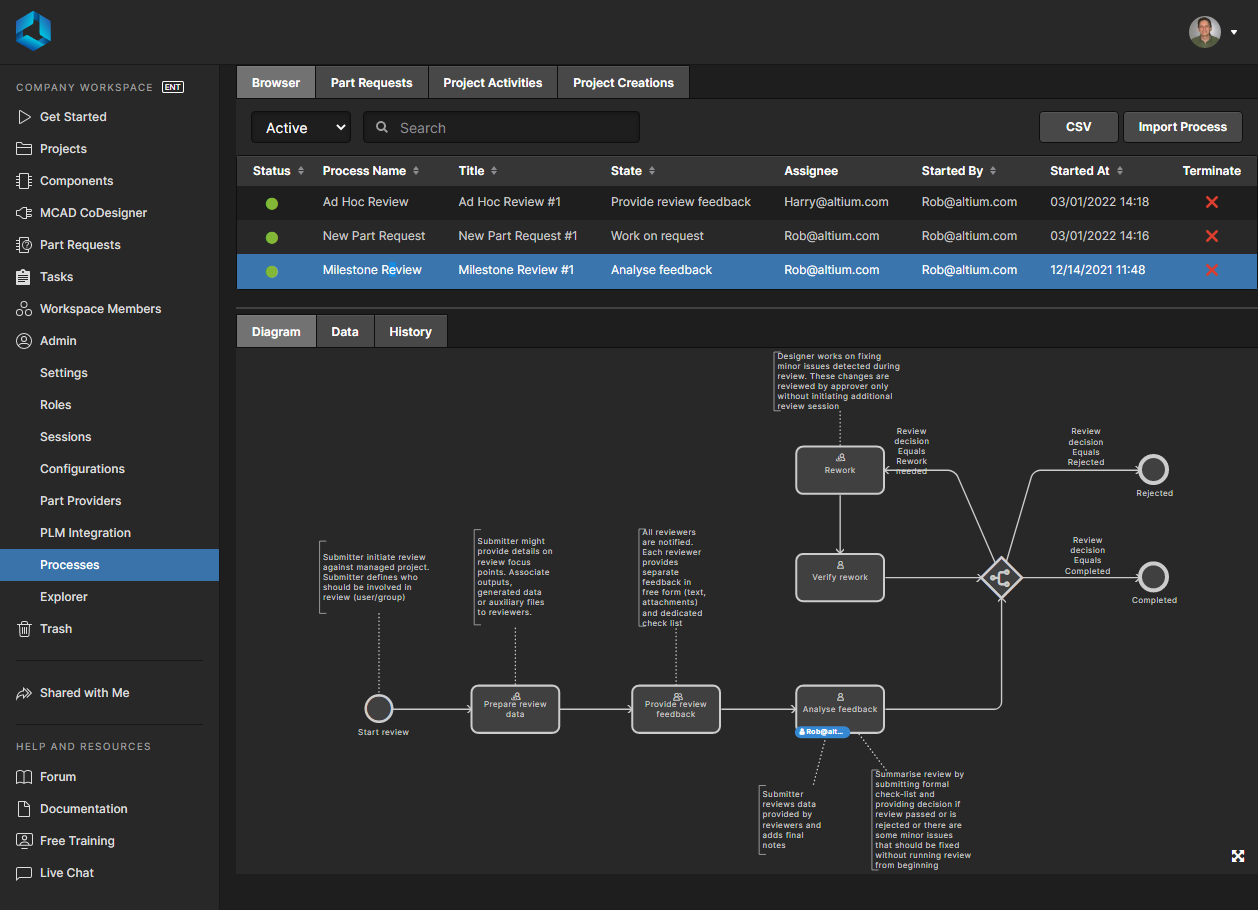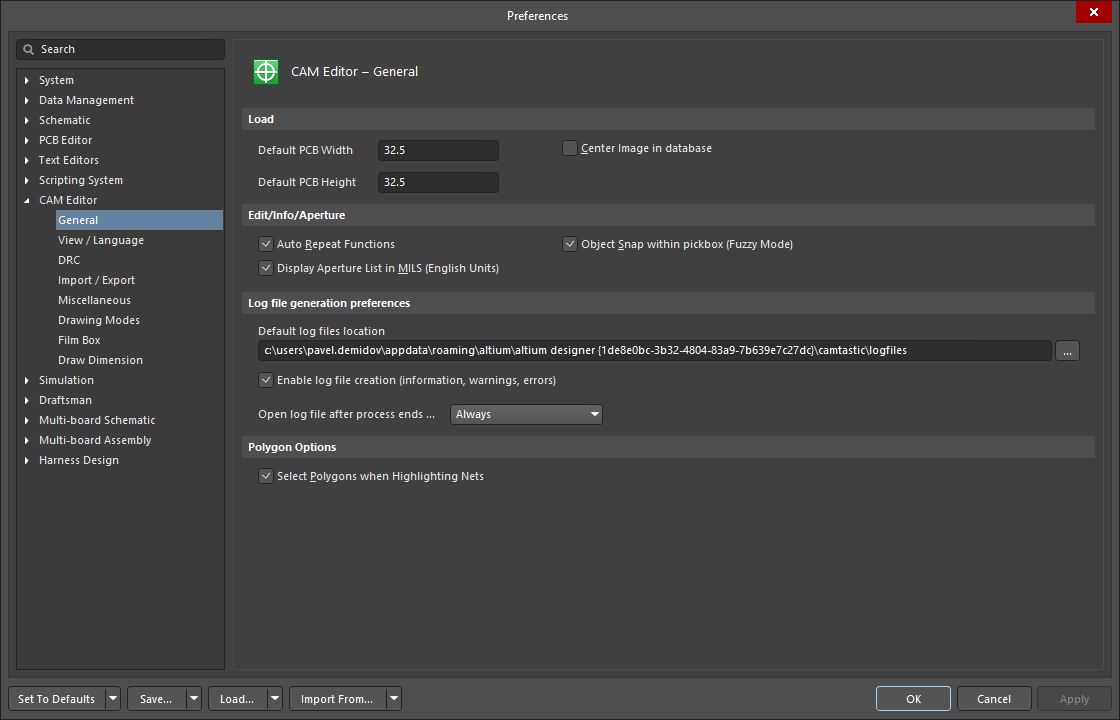The Benefits of a Bill of Materials In Supply Chain Management
Table of Contents
Some of the most complicated engineering projects I’ve worked on were made up of multiple layers of sub-assemblies. Before we could order parts for a new assembly, we needed to go through every component in each tier of the final product to ensure that they would meet the rigorous current, voltage, and temperature derating requirements for different customer applications. The first few times I had to do this, it was by merging dozens of excel documents, looking up a derating equation for each type of component in a guide written in the 70s, and calculating the new tolerances for each item based on its expected thermal environment.
Calculating component deratings in Excel was one of my first jobs, and it taught me to really appreciate good automation.
If we’d had better bills of materials management software and management practices, this could have been an almost trivial exercise of running a script and checking the output report before putting an order in. Instead, it was an incredible soul-sucking week of my life, coupled with requests for a little bit of funding to write those necessary scripts. Now, I’m convinced that good BOM management is one of the most important ways to improve the supply chain and BOM in logistics for manufacturing.
To enjoy the benefits of supply chain planning, it's crucial to improve BOM management. If you want to improve your BOM levels supply chain management, there are a couple of key aspects to consider and integrate into the documentation you keep for your BOMs.
Sub-Components and Sub-Assemblies
If your product has sub-components or assemblies that need to be manufactured before you can finish the rest of the project, you need a couple of things:
-
A bill of materials in supply chain management for each sub-assembly
-
Lead time for parts and manufacture
-
Verified compatibility with the environmental tolerances or deratings of the finished product.
For simple products with only one manufacturing stage, this BOM could be as simple as a spreadsheet exported from your CAD drawings where you track the additional details. As products get more complicated, the materials requirements grow exponentially. Usually, a spreadsheet won’t be feasible, and you should start investigating options to help automate all of the extra trackings.
If you need multiple PCB cards or other sub-assemblies for your product, you need to plan the component sourcing for each tier of the overall manufacturing.
Parts Availability and Manufacturing Schedules
I’m sure you’ve experienced the varied lead times between a mission-critical part and generic RLC components. By tracking the lead times of all your parts in the same place, you can better plan when to order parts in order to meet your manufacturing schedule.
Cost Management
When you order a larger number of components, you will generally receive a better price per item. If you have to manufacture sub-assemblies and integrate them into the final product, you should combine all the required components into the fewest possible orders. Not only does it minimize item cost, but it reduces logistics significantly. Again, this is a task made much easier with automation, rather than going through several layers of spreadsheets and trying to match all the resistors that have the same value and packaging.
Also, I recommend keeping a log of each time you reduce the total order cost for a manufacturing run through good planning. I like to bring that number to my performance reviews to show my boss how valuable I am.
Managing you well can lead to major cost savings, especially on more complex assembly.
Lifecycle Management
When you make a BOM in SCM, you’re often very focused on the near-term tasks around ordering and manufacturing. Try not to get distracted, though. At some point, you’ll have to support your product and manage new manufacturing runs. A major issue you might face is finding out that key design components are no longer being manufactured.
I didn’t appreciate the impact of discontinued parts until I had to find a replacement for a system that was more than twenty years old. When I was talking to suppliers about what might be compatible, they actually laughed out loud and told me that nothing that slow had been manufactured in a decade.
If you want your systems to be forward or backward-compatible, then you should track the compatibility of your components, too. There’s nothing worse than finding out that the part you used in the last manufacturing run has been updated and doesn’t quite fit in the footprint or routing layout that you worked so hard on.
When you spend a lot of time and energy getting a design just right, it’s frustrating to be mired down in the minutiae of tracking changes in your BOM in supply chain, managing the timing of orders, and dealing with parts that have reached their end-of-life. A good software management tool, that includes a BOM management add-on, can add hours back to your productive time by handling those sourcing issues for you. That way you can spend more time being an engineer, instead of optimizing your bill of materials in supply chain management.










